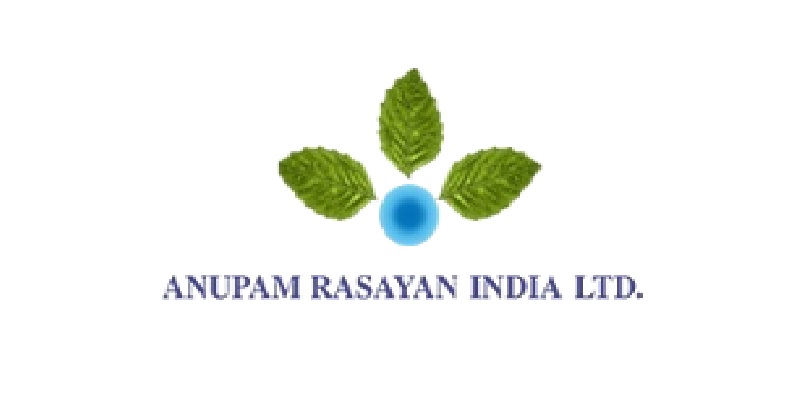Schedule a Call Back
PLI scheme to account for 13-15% capex in key sectors
 Industry News
Industry News- Mar 28,22

The implementation of the Production Linked Incentive (PLI) scheme will lead to a potential capital expenditure (capex) of Rs 2.5-3 lakh crore over the scheme period and will account for 13-15% of average annual investment spending in key industrial sectors over the next 3-4 years, a CRISIL analysis shows.
Since its introduction in March 2020, PLI has been announced for 15 sectors, involving government incentives to the tune Rs 1.93 lakh crore. Of this, 50-60% is to be spent on sectors with domestic manufacturing and export focus, and the rest on import localisation.
CRISIL’s analysis indicates this could translate into an incremental revenue addition of Rs 30-35 lakh crore over the scheme period. The scheme will have many firsts in terms of bringing integration across supply chains, reducing import dependencies, and propelling exports.
PLI is now poised for rapid on-the-ground execution, with almost 60% of the capex approved already and major spending set to occur over fiscals 2023-2026. The approved capex is in 10 sectors. While capex in mobile, pharma and telecom has already kicked off, that in capital-intensive sectors such as automobile and solar photovoltaics — which form 70% of the committed investment — will kick off from April 2022.
The scheme has received interest from over 900 players across sectors, of which approximately 350 have got approval so far. Of the approvals, 20% have been received by global multinationals and the rest by domestic players. Also, 50% of the bidders are large in terms of revenue, while the rest are medium and small players.
Hetal Gandhi, Director, CRISIL Research, said, “PLI will spur green investments in India, with approximately 55% of the scheme expected to be green, in sectors such as auto for electric vehicles/ fuel cell electric vehicles, solar photovoltaics, and automotive cell company (ACC) batteries. The incentive-to-capex ratio varies among sectors — at >3 times, it is particularly attractive for mobile phones, electronic components, telecom equipment, and IT hardware, which have high dependence on imports across value chains and relatively lower domestic base.â€
The rate of incentives offered under the PLI scheme are measured as a percentage of incremental sales over the 5-7-year scheme period and vary from 4-6% for mobiles and white goods and 5-20% for pharma active pharma ingredients/ key starting material to 8-18% for autos and auto-components.
CRISIL’s estimates show mobiles will enjoy higher incentive-to-capex of 3.5 times and a larger share of revenue, but entail lower capex, as even assembly is incentivised. At the other end, the capex-heavy sectors mentioned above and segments such as ACC batteries and specialty steel will require higher commitment to set up the ecosystem. If successful, however, these investments will ensure development of the entire ecosystem even long after PLI fades.
Aside from supply-chain integration, PLI will aid exports, too. Of the 15 sectors, nine show an export potential, ranging from 20-80% of the incremental revenue generated. This, in turn, can create an annual export potential of Rs 2 lakh crore, or 6% of the total exports of calendar 2021. Sectors that could benefit from exports include mobiles, pharma, food processing, IT hardware, white goods and specialty steel.
Sehul Bhatt, Associate Director, CRISIL Research, said, “The nine sectors have an export potential of Rs 11 lakh crore. The scheme will open export opportunities in traditional sectors such as pharma, food processing and textiles. Emerging ones such as mobile and electronics hardware also stand to gain.â€
All the same, industry stakeholders will remain watchful of timely payment of incentives, medium-to-long term policy push from the government, the extent of value addition emphasised in these sectors, and the ability of players to achieve these numbers for technology and capital-intensive sectors, such as battery and solar-module manufacturing, amid evolving global supply chain dynamics.
Related Stories

Electronics Sector Targets USD 500 Bn Output by 2030
India’s electronics industry expects strong growth driven by FTAs and incentives.
Read more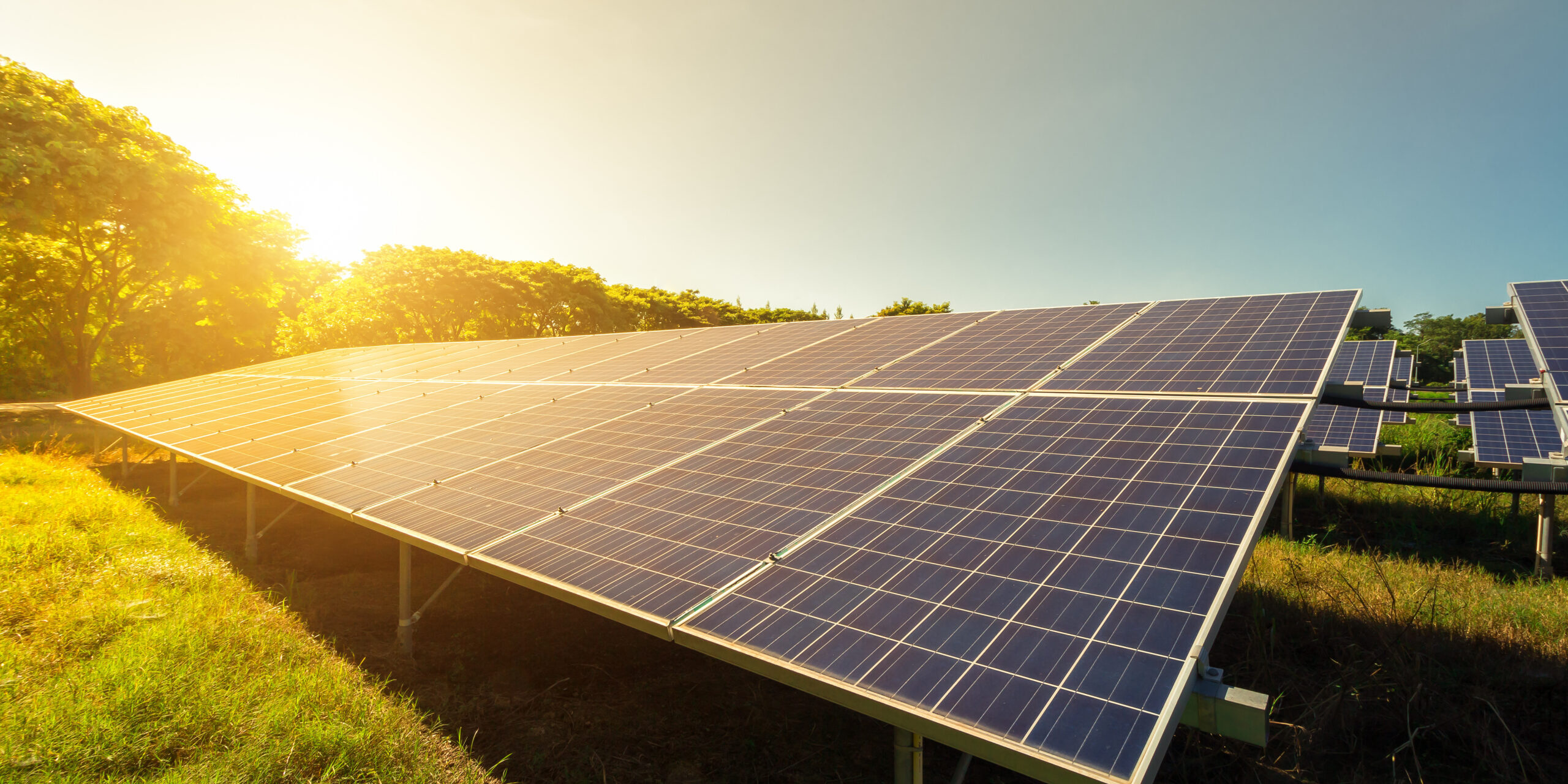
India’s Solar Module Capacity to Cross 125 GW, Raising Surplus Fears
Industry faces overcapacity risks as production triples domestic demand
Read more
Centre Launches Third Round of PLI Scheme for Speciality Steel
Scheme aims to boost high-end steel capacity and global competitiveness
Read moreRelated Products
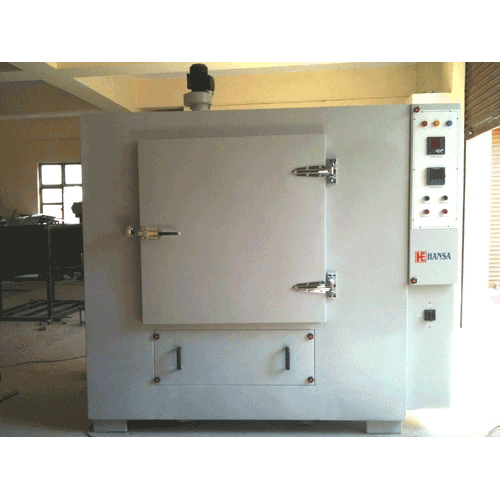
Heavy Industrial Ovens
Hansa Enterprises offers a wide range of heavy industrial ovens.
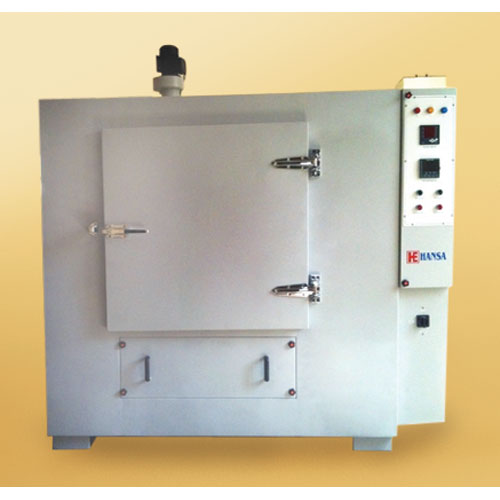
High Quality Industrial Ovens
Hansa Enterprises offers a wide range of high quality industrial ovens. Read more
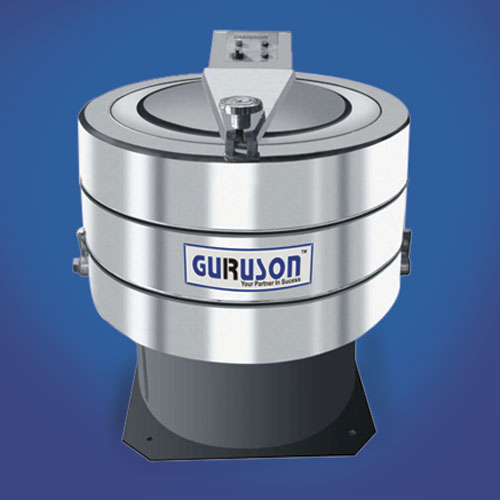
Hydro Extractor
Guruson International offers a wide range of cone hydro extractor. Read more





